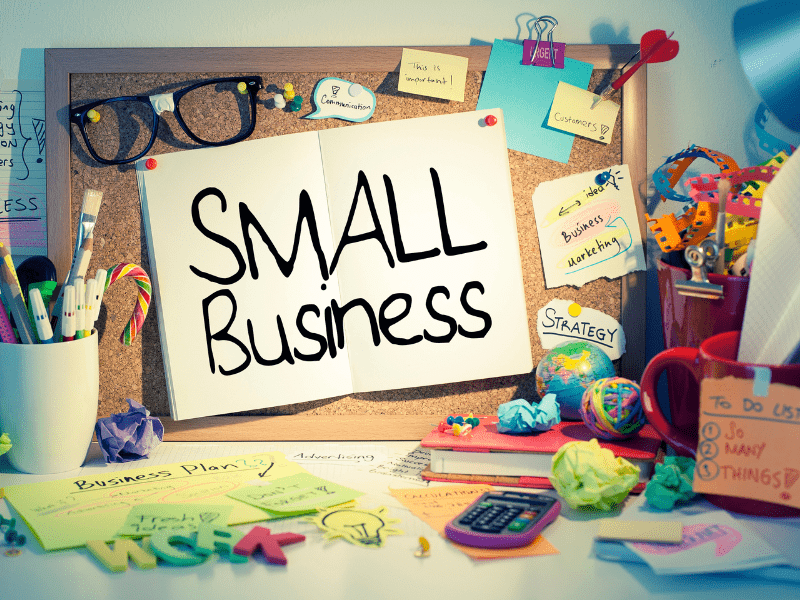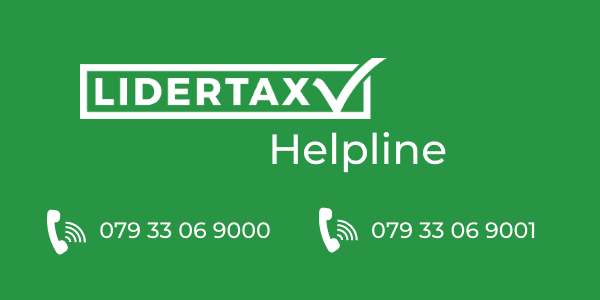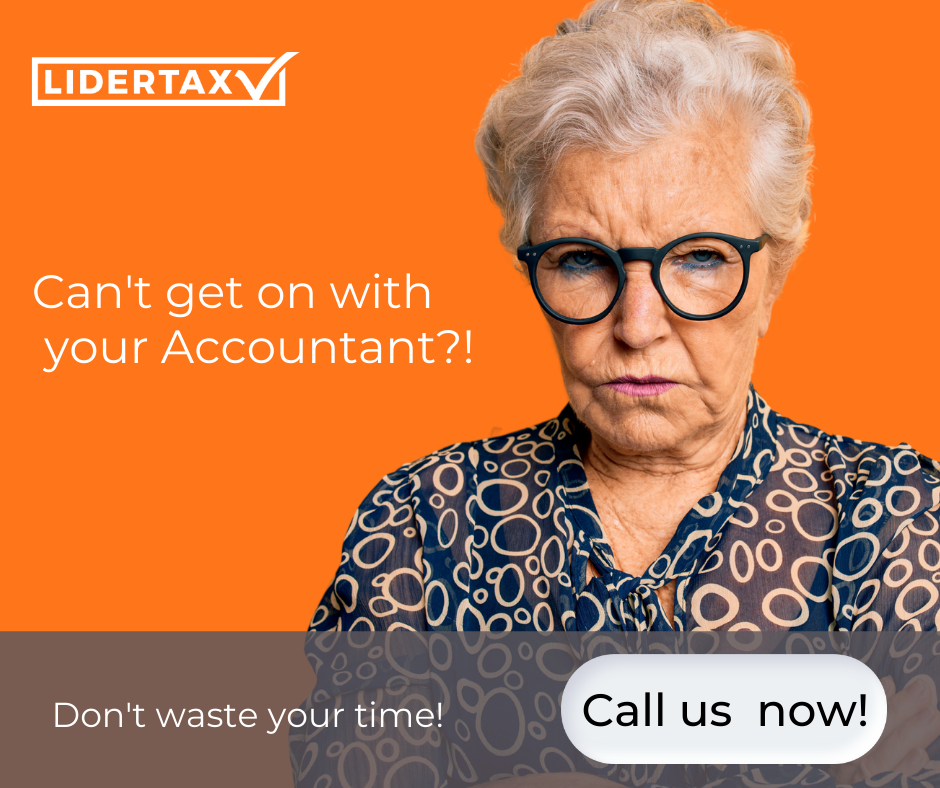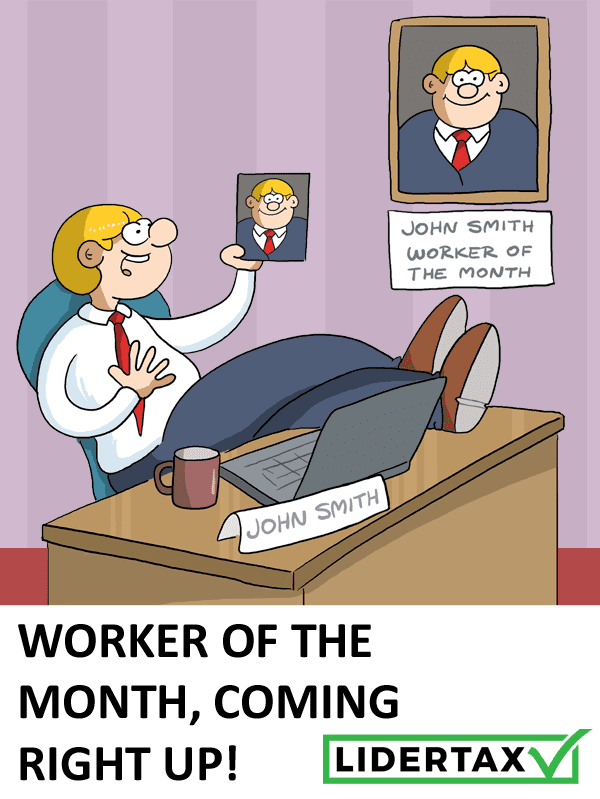
When it comes to your business, ensuring you have a solid understanding of the different terms is hugely important. Luckily, our experts here at LiderTax are on hand to help. So, with this in mind, today, we’re looking at some of the twenty most common tax and accounting terms you need to know as a sole trader or self-employed business owner. Hopefully, this will help you understand the main terms used by your “accountant near me.”
20 Common Tax and Accounting Terms All Sole Traders Should Know
As a sole trader, getting professional support for your accounting can undoubtedly be helpful. Nevertheless, it’s well worth understanding the terms being used here. As a result, the following twenty terms are highly important to clarify. Luckily, these aren’t too hard to wrap your head around!
#1 Accounting Period
The accounting period defines the period of time over which the accounts are referring to. This will often be annually. Still, the accounting period can also span over one, two, three, or six months if recorded more regularly.
#2 Accounts Payable
The accounts payable is the total sum of money that a business owes to its supplier(s) for goods or services. Thus, this typically refers to products or services that have already been provided to the firm with an outstanding bill.
#3 Accounts Receivable
The term “accounts receivable” refers to the outstanding payments owed to a business by its customers or clients. This may be for services rendered already or a product that has already been provided to the customer but not yet been paid for.
#4 Balance Sheet
The balance sheet is a financial statement giving an overview of the company’s financial position over a specific time period. The balance sheet outlines numerous different aspects of the company’s financial position, including the business assets, liabilities, and shareholders’ equity.
#5 Business Assets
Business assets are defined as the assets (i.e., resources holding a monetary value) owned by a firm. Most often, people assume that the business assets are tangible, physical items; however, non-physical items may also be considered assets if they have value. This could include a business’s collection of data or cryptocurrencies.
#6 Bottom Line
The bottom line refers to the net income after all expenses, taxes, and further costs have been deducted. As such, the bottom line provides a clearer insight into the firm’s financial performance.
#7 Net Profit
A business’s net profit is the profit left after considering all direct and indirect costs. This means taking expenses, taxes, and interest from the total business revenue. As such, this provides an indication in regards to the profitability of the business.
The net profit percentage can be calculated by dividing the net profit by the turnover and multiplying by 100.
#8 Gross Profit
Gross profit is the revenue that is left after the cost of goods sold is deducted. It represents the amount of money a company earns from its core operations before deducting other expenses.
The gross profit percentage can be worked out by dividing gross profit by turnover and multiplying by 100.
#9 Sole trader – Cash Flow
Cash flow is the movement of money into and out of a business over a defined period of time. It is usually completed annually, although this can also be reported at shorter intervals. In some scenarios, a business model relies on a very short selling window. An example of this could be an agricultural enterprise. In these firms, cash flow can become difficult to manage due to the limited income window, despite ongoing outgoings.
#10 Cost of Sale
The cost of sale, sometimes also known as the cost of goods sold, relates to the direct expenses involved with producing / providing a product or service. Several examples of factors included in the cost of sale include labour and the cost of buying raw materials.
#11 Credit Control
Credit control is available for businesses that provide a credit option to customers. These systems provide a management solution that helps ensure all payments are made in a timely manner. These tools can help the business avoid falling into debt or forgetting to chase up payments.
#12 Cash Basis Accounting
Cash basis accounting is a type of accounting method. Here, the business’s income and expenses are recorded when cash is received or paid rather than when they’re earned. It provides a simplified approach for small businesses, offering more straightforward financial transactions.
#13 Business Liabilities
A business’s liabilities include all obligations and debts to other entities. This may include loans, accrued expenses, and (as you may have guessed), accounts payable. When a business is unable to meet its liabilities, it may be at risk of falling into bankruptcy.
#14 Debtor
A debtor is an individual (or another entity, such as a business or charity) who owes money. The debtor will usually be tied to an outstanding invoice; the longer they fail to pay, or the greater the number of debtors a business has, the more significant cash flow problems may become.
#15 Margins
From a business perspective, the term “margin” refers to the difference between the cost of production and the selling price. For a product, the cost of production will include material costs, labour, and the like. Services may be more focused on labour costs, but materials and equipment may play a part.
The margin indicates the profitability and efficiency of a business. Margins can be measured in multiple ways, such as the gross and net margins. The former focuses on the direct costs associated with production. However, the net margin accounts for all operating expenses and provides a more comprehensive picture of a company’s profitability.
#16 Turnover
Turnover refers to the total value of sales over a pre-defined period of time. Often, this is calculated over the total course of a year. It’s sometimes called gross revenue or income.
#17 Overheads
A company’s overheads are ongoing expenses required to support the business’s normal operations. These may include rent, utilities, salaries, insurance, and administrative costs. They are usually not directly linked to service provision or product production; however, they are necessary costs for the continued operation of the company.
#18 Sundry Expenses
Sundry expenses are classed as miscellaneous (misc.) expenses that are not regular purchases and are usually low-value. They may include one-off fees or minor purchases (e.g. postage stamps). Despite their low value, sundry expenses should also be included in the accounts for the firm.
#19 VAT and sole trader
VAT, or value added tax, is paid on the majority of goods and services. However, a small number of products are exempt, such as essentials. VAT is charged by VAT-registered businesses; this may be a requirement if the firm’s taxable turnover (eligible for VAT) is £85,000 or greater.
#20 Traditional Accounting
Traditional accounting is a method whereby income and expenses are recorded based on invoice date. If a service was invoiced on the 1st of the month but not paid until the next month, it would still be recorded on the 1st.
This makes accounts substantially easier to create but comes with the caveat of being easy to get wrong. For example, if a customer doesn’t pay or delays doing so, the books may end up incorrect.
Sole Trader – Final Thoughts
Have you been looking to begin operating as a sole trader or self-employed business owner? If so, it’s crucial to understand some of the key terms used by your local “accountant near me.” This should help you understand how the accounting processes work overall. And, in turn, this may help your business make more informed financial decisions.




